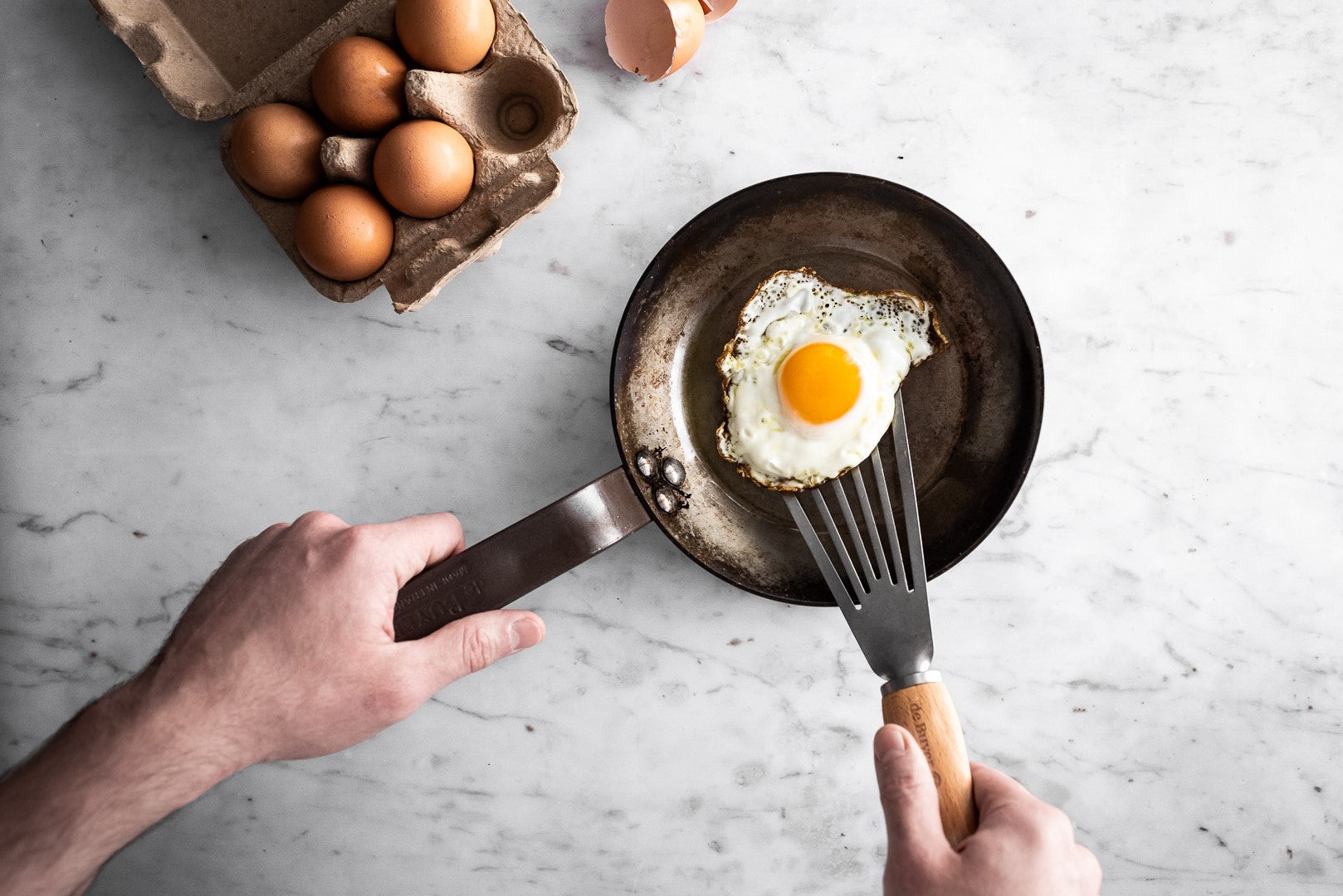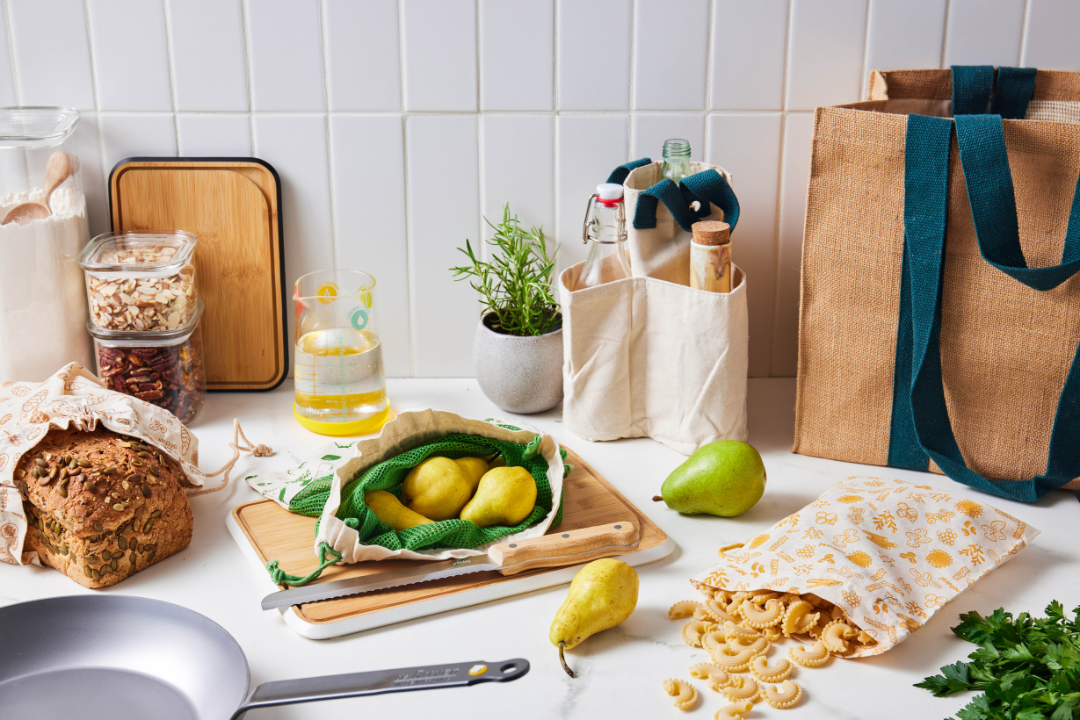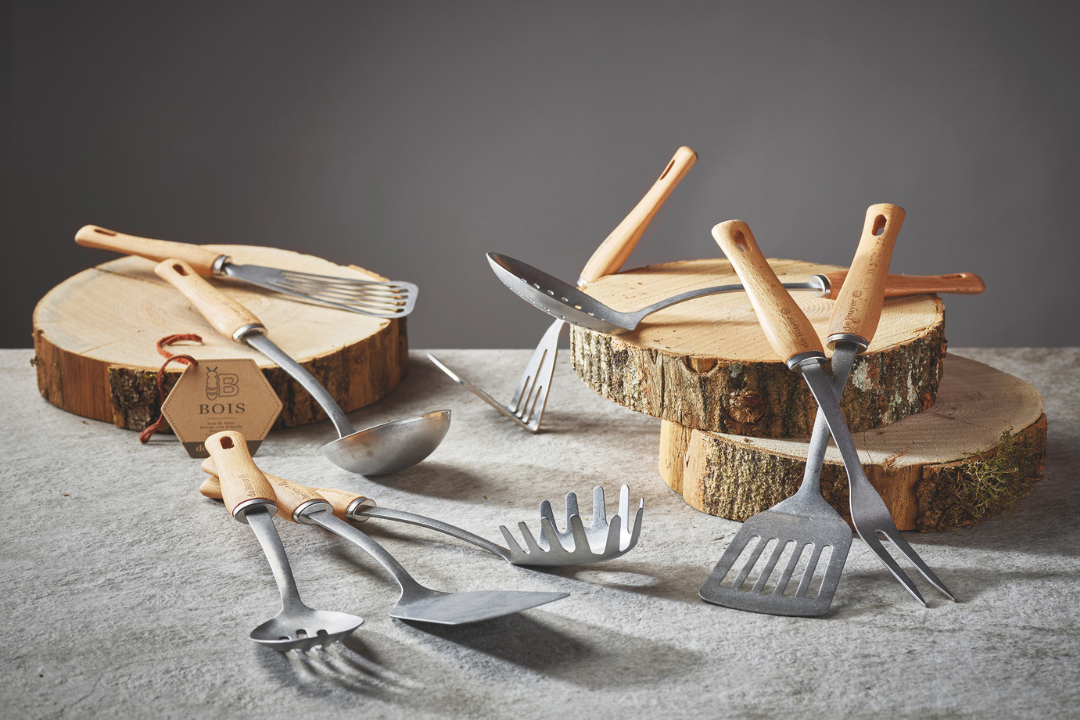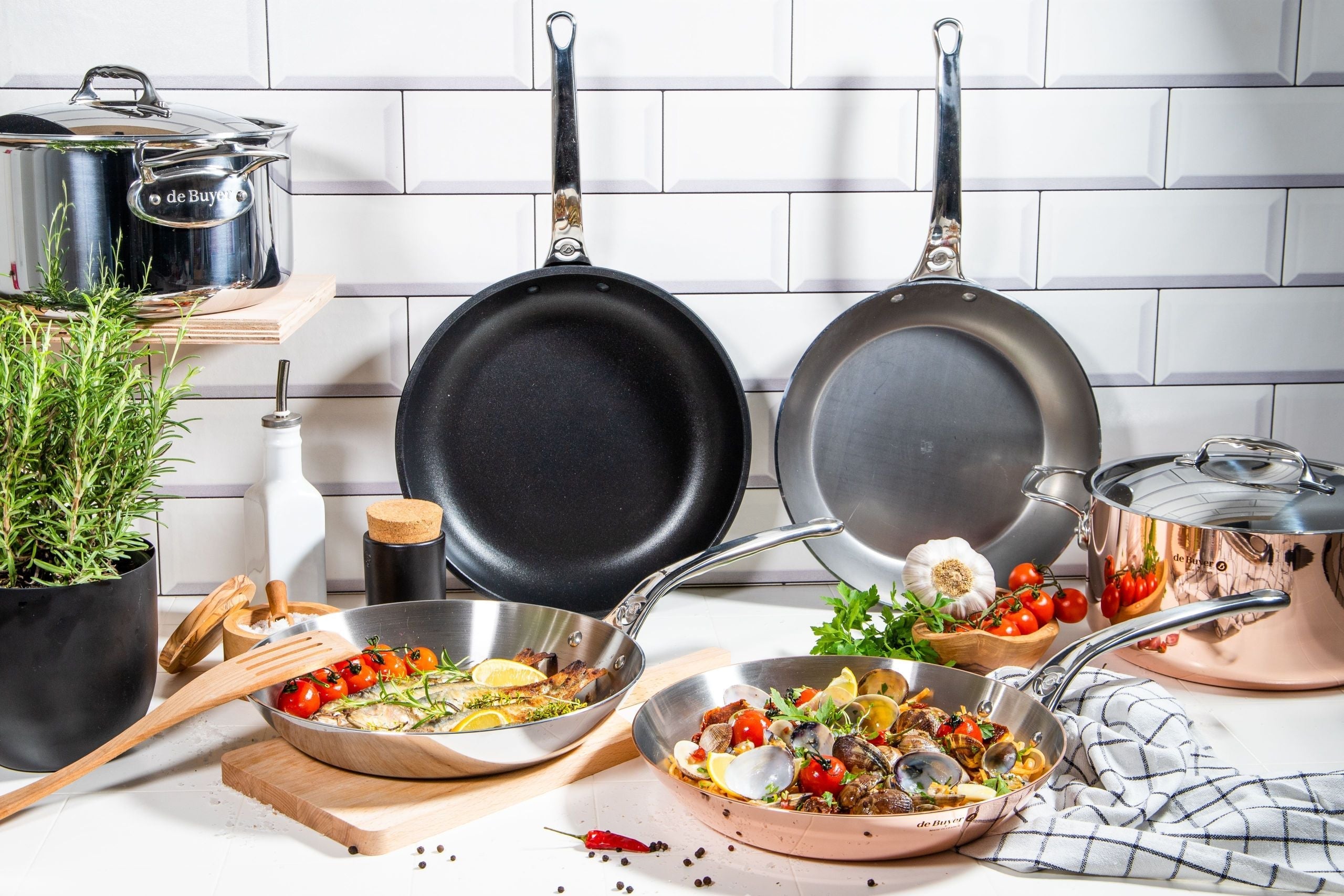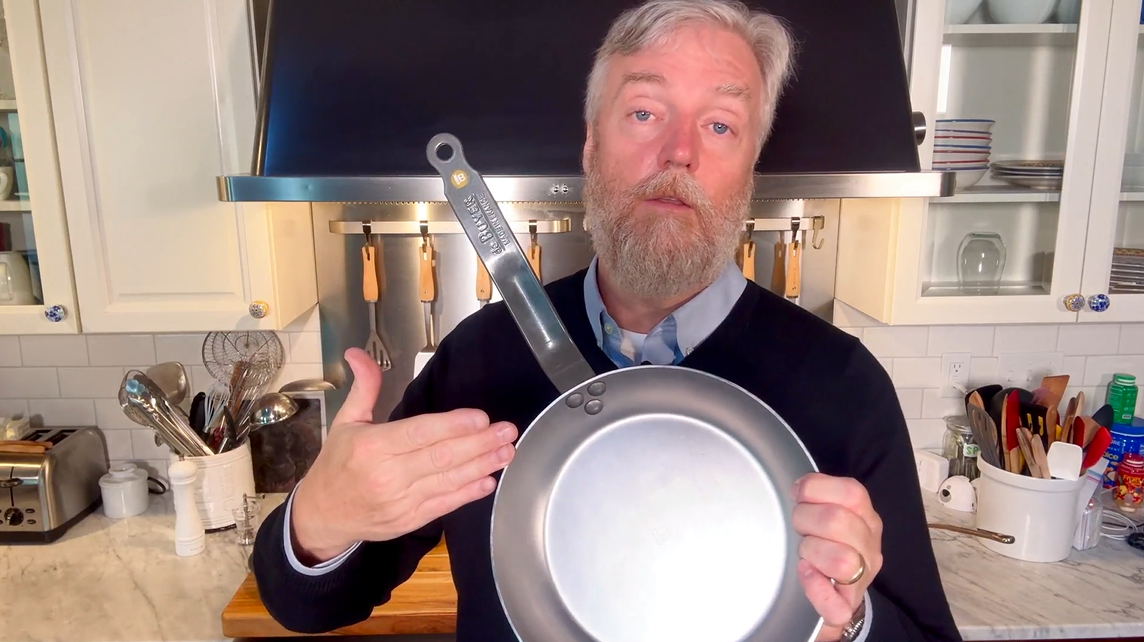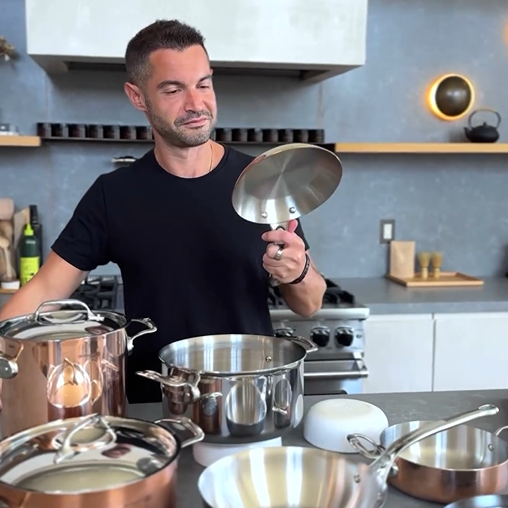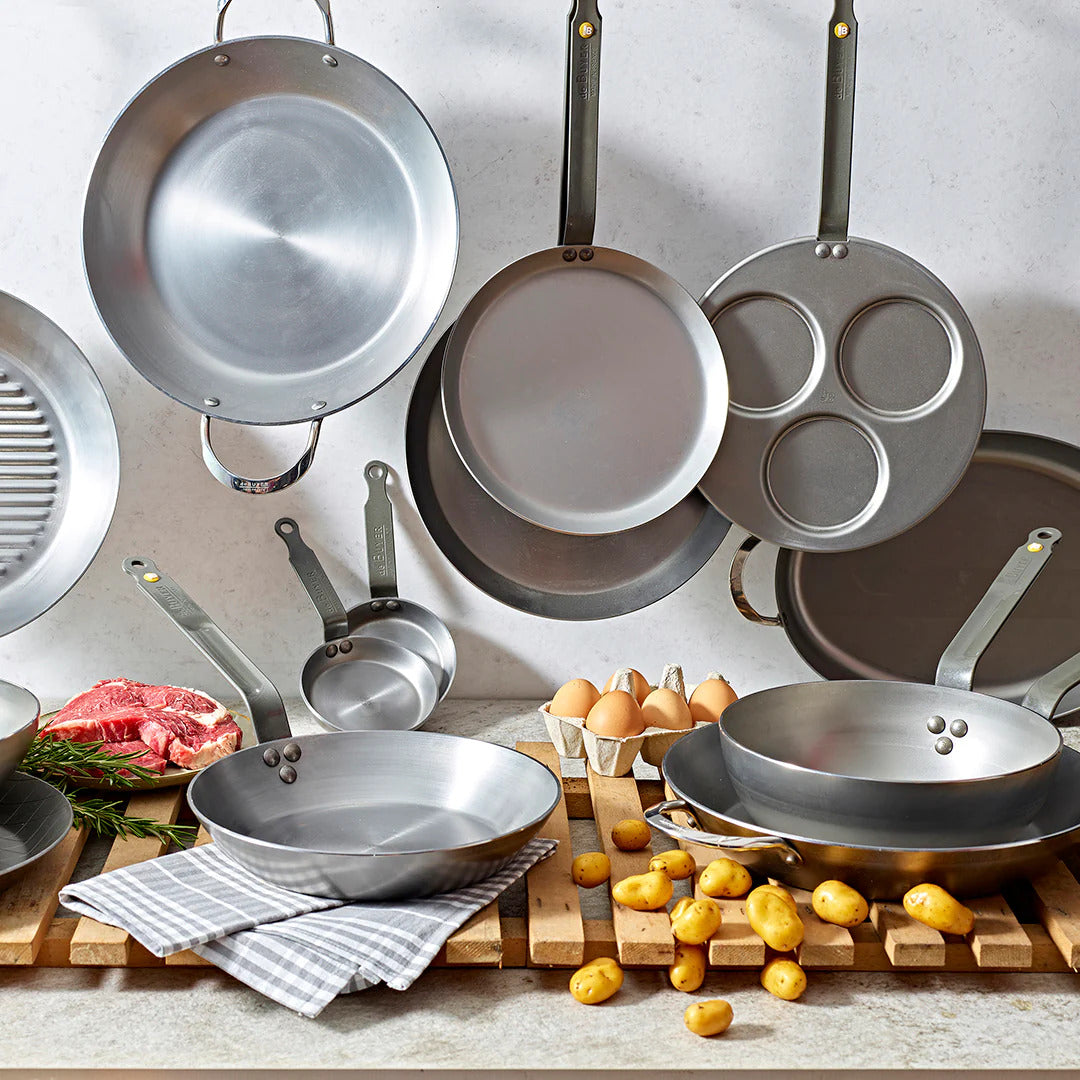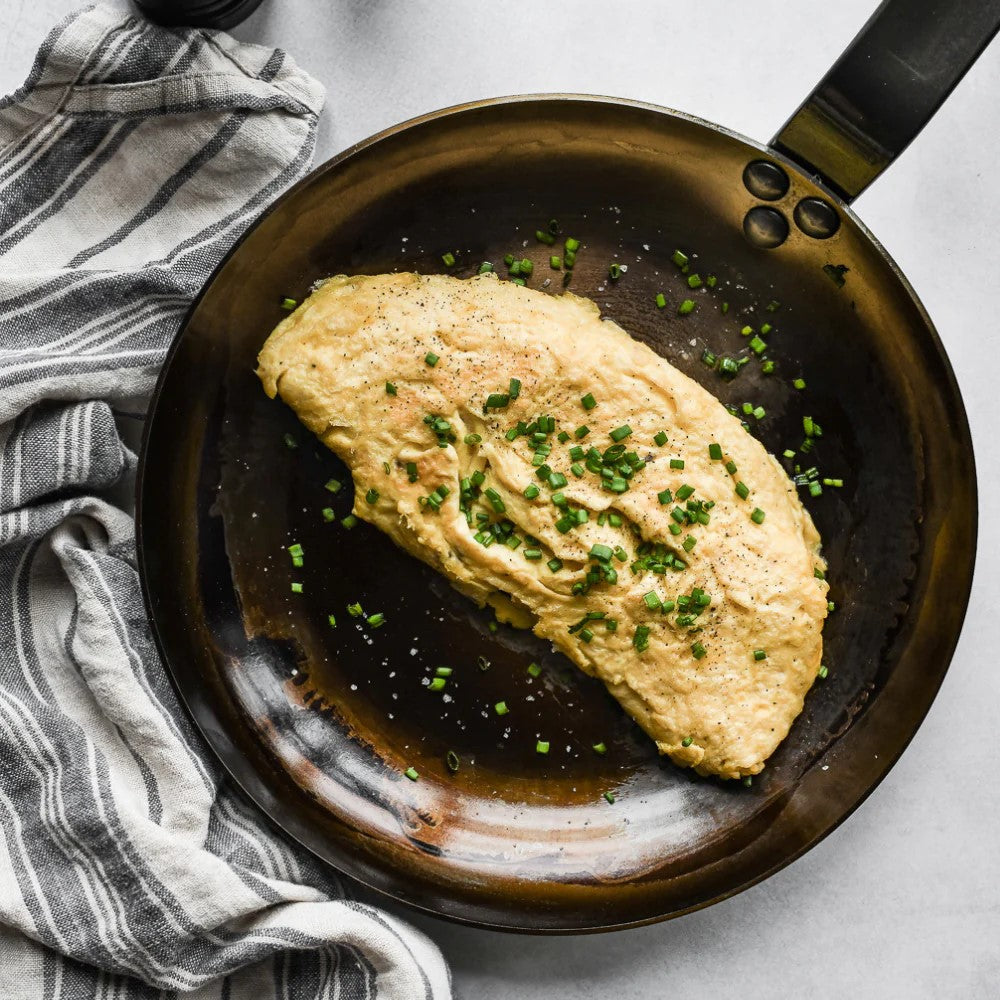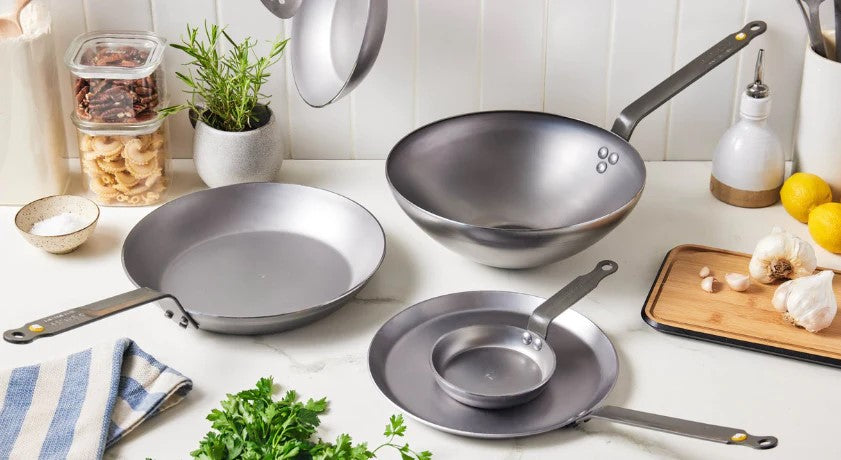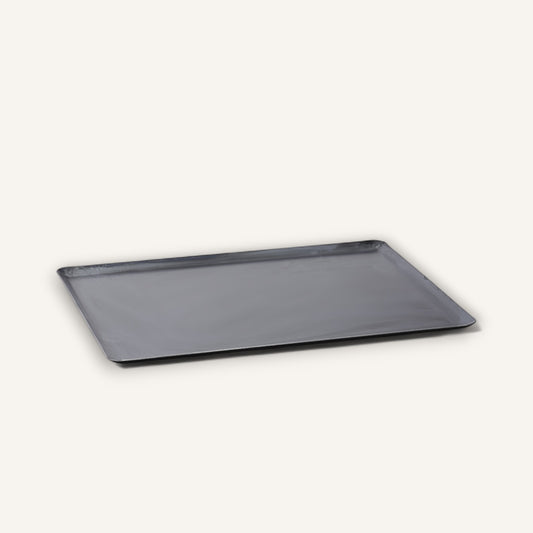In recent years, there's been a growing awareness of the importance of non-toxic cookware. While non-stick coatings have long been popular for their convenience, some older cookware may contain harmful chemicals like PFOA.
PFOA, or Perfluorooctanoic acid, was once a common component in non-stick coatings. However, due to concerns about its potential health and environmental impacts, its use in cookware has been phased out.
In this article, we'll delve into the reasons why PFOA-free cookware is a safer choice for your kitchen. We'll also explore the benefits of choosing de Buyer's high-quality, non-toxic options.
Remember, a healthier kitchen starts with the right tools. Let's discover why PFOA-free cookware is the way to go.
What is PFOA?
PFOA, or Perfluorooctanoic acid, is a synthetic chemical that was once commonly used in non-stick coatings. While it offered excellent durability and non-stick properties, concerns about its potential health and environmental impacts led to its phase-out.
PFOA is a "forever chemical," meaning it persists in the environment and the human body for extended periods. This persistence has raised significant concerns about its potential health risks.
Choosing PFOA-free cookware is a crucial step towards protecting your well-being and the environment.
PFOA and Your Pans
While the use of PFOA in non-stick cookware has been banned, many older pans may still contain this harmful chemical. It's essential to check the manufacturing date of your cookware to determine if it's PFOA-free.
Why is PFOA a concern?
-
Health Risks: Exposure to PFOA has been linked to various health issues.
-
Environmental Impact: PFOA is a persistent pollutant that can contaminate water, soil, and air.
How to identify PFOA-free cookware
-
Check for Certifications: Look for certifications like "PFOA-free" or "PFAS-free" on the cookware packaging.
-
Research Brands: Many reputable cookware brands have committed to using PFOA-free materials.
-
Ask Questions: If you're unsure, contact the manufacturer directly to inquire about their PFOA policy.
By taking these steps, you can ensure that your cookware is safe for you and your family.
The Environmental Impact of PFOA
Beyond human health risks, PFOA also poses a significant environmental threat. As a persistent pollutant, it can contaminate water, soil, and air. It can also bioaccumulate in wildlife, harming ecosystems.
By choosing PFOA-free cookware, you're taking a step towards a healthier planet. You're reducing your contribution to pollution and helping to protect wildlife.
de Buyer is committed to producing safe and environmentally friendly cookware. Our products are designed to minimize their impact on the planet. By choosing de Buyer, you're supporting a company that prioritizes sustainability.
Break Free from Toxins: Choosing PFOA-Free Cookware
Perfluorooctanoic acid (PFOA) is a chemical linked to various health concerns. Choosing PFOA-free cookware will help you to protect yourself and your family from potential health risks.
Identifying PFOA-free cookware is simple. Look for cookware brands that are certified PFOA-free or that display a label indicating that they do not contain this harmful chemical. De Buyer is proud to offer a wide range of PFOA-free cookware options so you can cook with confidence and peace of mind.
de Buyer takes safety standards and environmental health seriously. As the first and only French company in the culinary industry to receive the Corporate Social Responsibility (CSR) label in 2018, de Buyer is committed to environmental protection, along with workplace safety and inclusivity. This recognition underscores our efforts both internally and with our partners.
The carbon steel and copper lines also feature a Made in France guarantee to ensure the quality of your product. Additionally, de Buyer is honored to be recognized as an EPV company, a designation that highlights de Buyer’s exceptional artisanal and industrial know-how. Your next cookware set should come from a brand with ethical and safe manufacturing processes. Choose de Buyer.
Healthier Alternative Cookware Options
A nonstick surface isn’t limited to Teflon-coated cookware. Ceramic and stone-coated cookware are great alternative nonstick pans. Both options have decent heat retention and are 100% non-toxic; however, neither is incredibly durable and is prone to chipping.
The most durable and long-lasting cookware materials may not be completely non-stick. Still, with the right technique and care, the following cookware can function much better than the Teflon-coated options.
Carbon Steel
A top choice for both professional chefs and home cooks alike, carbon steel skillets are the perfect mix of cast iron and stainless steel. These pans excel in frying, grilling, and searing, making them perfect for achieving the Maillard reaction—where natural sugars caramelize at high temperatures, locking in flavor and moisture. Composed of 99% iron and 1% carbon, they are incredibly durable and develop a natural nonstick surface over time as they season, with no need for artificial coatings.
Copper
Prima Matera copper cookware stands out as the only copper option that performs flawlessly on all cooktops, including induction. It combines the elegance and superior heat conductivity of copper with the practicality of a stainless steel interior. The copper ensures rapid heat transfer and responsiveness, while the stainless steel lining protects your food from direct contact with copper. This combination offers precise heat control, though it’s not naturally nonstick.
Stainless Steel
Like copper, stainless steel isn’t naturally nonstick. However, stainless steel cookware offers precise temperature control and even heat distribution. Available in 3- and 5-ply constructions, these pots and pans are valued in kitchens worldwide for their resilience to high heat, resistance to corrosion, and ease of maintenance. Unlike other materials, a stainless steel frying pan doesn’t require seasoning, won’t rust, and doesn’t chemically react with foods, making it a dependable and human-health-safe material.
Upgrade Your Kitchen with de Buyer
We’ve covered the significant health and environmental risks associated with PFOA and the associated dangers of some non-stick cookware. Switching to PFOA-free cookware is a simple yet impactful step toward a toxin-free kitchen, reducing your exposure to harmful chemicals and contributing to a safer environment.
The top brand name in sustainable, safe cookware is de Buyer. Discover our best sellers and natural non-stick carbon steel cookware. These pans are compliant with USA regulations and are PFOA and PFOS-free. This superior cookware is made of high-quality, food-grade PTFE. We use the latest generation of PTFE coating to achieve the highest quality and durability on the market.
Arm your kitchen with the best and safest materials available, and cook with confidence. Check out de Buyer today.
